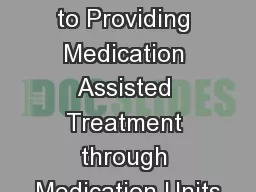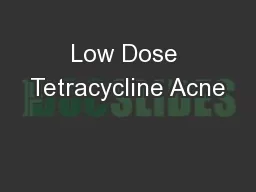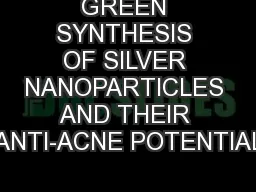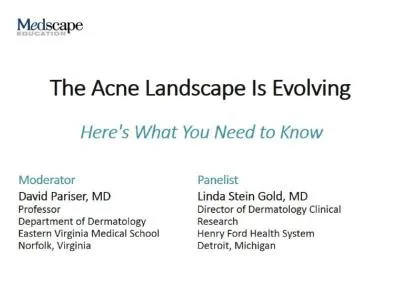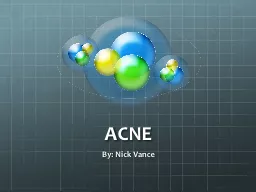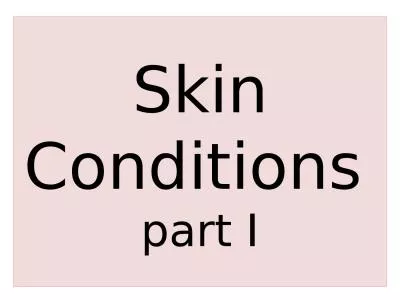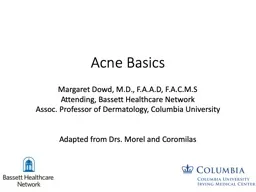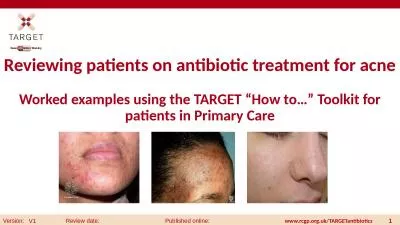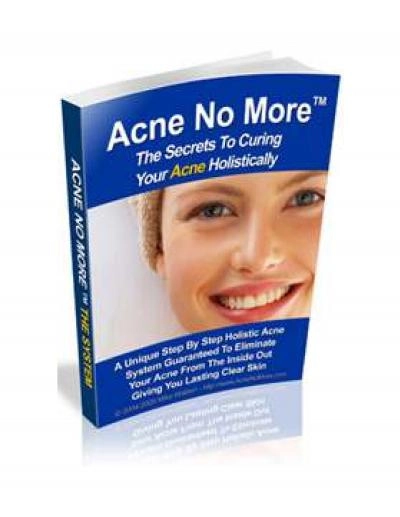PPT-The effectiveness of acne medication on the growth of bacteria
Author : PeacefulPenguin | Published Date : 2022-07-28
Danielle Dean Introduction Acne is caused by a bacteria called Propionibacterium acnes P acnes that grows on the pores on the face Acne forms in the pilosebaceous
Presentation Embed Code
Download Presentation
Download Presentation The PPT/PDF document "The effectiveness of acne medication on ..." is the property of its rightful owner. Permission is granted to download and print the materials on this website for personal, non-commercial use only, and to display it on your personal computer provided you do not modify the materials and that you retain all copyright notices contained in the materials. By downloading content from our website, you accept the terms of this agreement.
The effectiveness of acne medication on the growth of bacteria: Transcript
Download Rules Of Document
"The effectiveness of acne medication on the growth of bacteria"The content belongs to its owner. You may download and print it for personal use, without modification, and keep all copyright notices. By downloading, you agree to these terms.
Related Documents



